Preparing an Expedition Meal Plan
- A Little Paddle

- Dec 13, 2022
- 3 min read
Expedition food is incredibly important to me. It needs to keep me adequately fuelled and satisfied by being nutritious, delicious, and varied. With this in mind, Sanesh and I have decided to put considerable effort into making a meal plan that is interesting and simple to prepare on-trip.
The first thing to consider is our cooking strategy. We could cook over a campfire or on a stove, we could do elaborate sautées and grills or simply add boiling water to pre-made food, we could forage, fish and hunt or bring everything with us. We will likely do a little of all of this, but primarily focus on simple meals cooked on a stove from pre-prepared ingredients. Our kitchen kit will likely include a small frying pan, a small and large pot, a small cutting board, and not much else so we also need to ensure our meals match our cooking technology as well.
Taking the time to make a fresh cup of coffee can make all the difference in the morning!
The next things to consider are the weight and volume of our food. We want to get the most ‘bang for our buck’ by eliminating as much unnecessary volume as we can. We’ll be limiting our packaging, buying in bulk, and basing our meals on items that get larger when cooked (think rice, oats, pasta, etc…). We’ll also be limiting the mass (water) of our food as much as possible by dehydrating what we can beforehand. We can always find water and add it to food throughout the trip!
Dehydrating food is also a great way of preserving it so it lasts longer in the boats. While a kayak hatch is generally a pretty cool place due to it being surrounded by cold sea water, we still want to ensure that our food lasts the trip. This means choosing smoked or cured meats over fresh, and limiting the oil content of dehydrated foods to limit the risk of it going rancid.
140 day X 3 meals per day X 2 people = 840 meals… How hard could that be to plan…
Oh, and don’t forget:
– 540 snacks
– 280 multivitamins
– 280 cups of Moja coffee
– 280 cups of tea
– At least a couple desserts
All totalling around 900,000 calories!
To keep things interesting (and to keep us motivated to consume around 3000 calories each per day) we’re looking at having a 4 to 5 different breakfast, 6 to 8 lunch, and 8 to 10 dinner options. Each of these requires a unique list of ingredients and prep. A rough estimate reveals that we’re looking at roughly 100 unique ingredients and a bunch of overlap between meals.
To keep ourselves sane (and organized) we’ve decided to create an Excel database in which to plot out our recipes, and produce a shopping list. The outputs of this database will be a set of recipe cards which will contain the ingredients and methods for preparing each meal, a shopping list of all the ingredients (and amounts), and finally a meal plan which will help us pack the appropriate number meals for each food drop (oh yeah, did I mention that we need to split our meals into 5 packages and ship them all over the coast too!?!).
Sanesh is currently working on the database (he’s definitely the expert there) and we should have it populated with recipes in the coming months. Once we’re done, we’ll upload the database to the site so you can peruse around for yourself and get inspired for your next adventure. You should be able to swap out our recipes for yours to make your own custom shopping list.
We have most of our meals planned out, but we’ve intentionally left some room for community input. We’d love to know what your favourite camping meal is so we can try it out! We’ll give the recipes you submit a try this summer and add our favourites to the menu (your contribution will be credited on the blog obviously). You can submit your recipes in the comments section, by email, or in an instagram DM.
This is just the beginning of our food posts, so stay tuned for those! We still need to actually make our meal plan, prepare the food, preserve it, and ship it out. We also need to consider how we’ll be storing our food to keep it safe and dry in the boats, how to keep it safe from bears (especially in Alaska), and how to do all of this while minimizing our use of single-use plastic.
Cheers,
Nathan
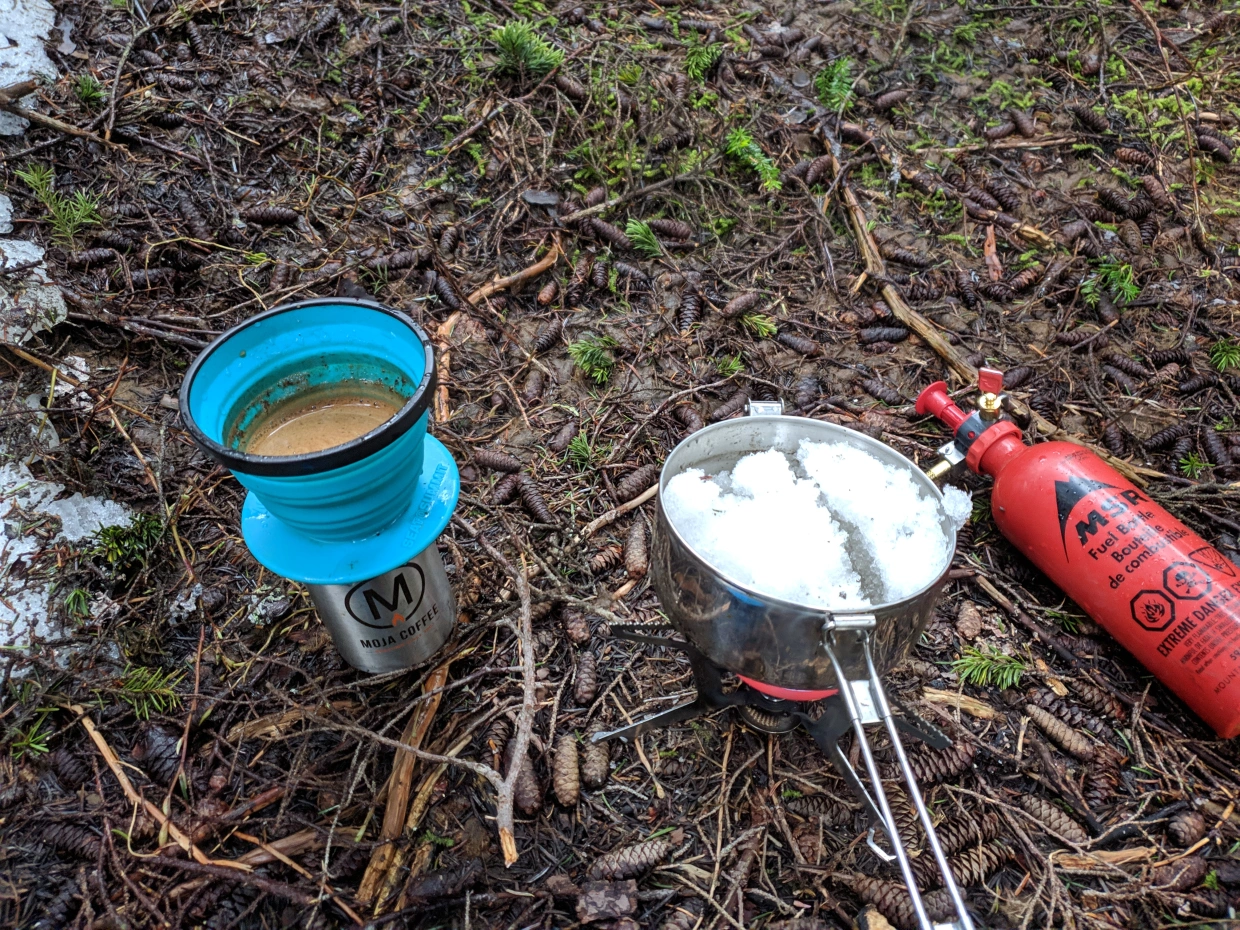
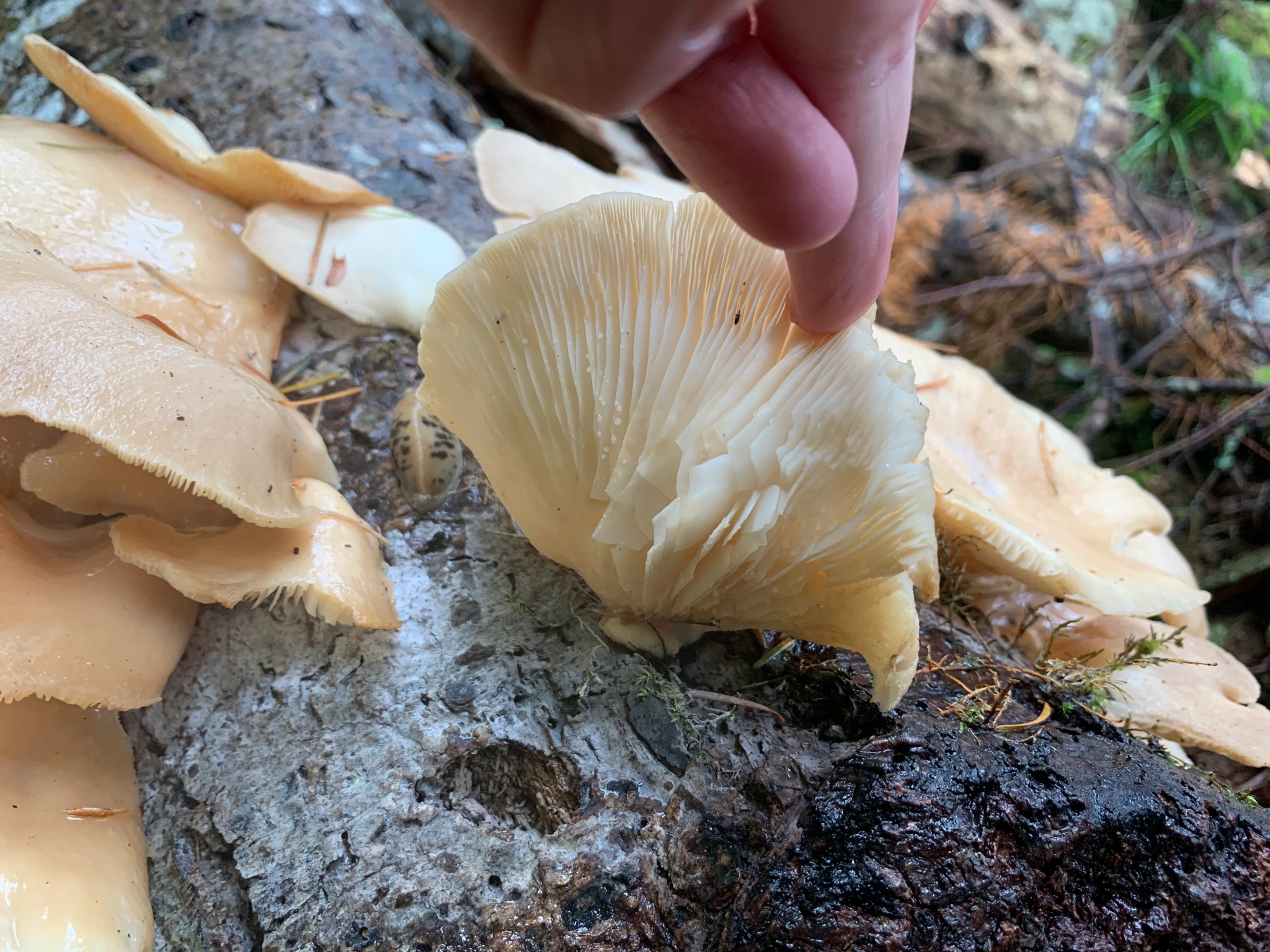


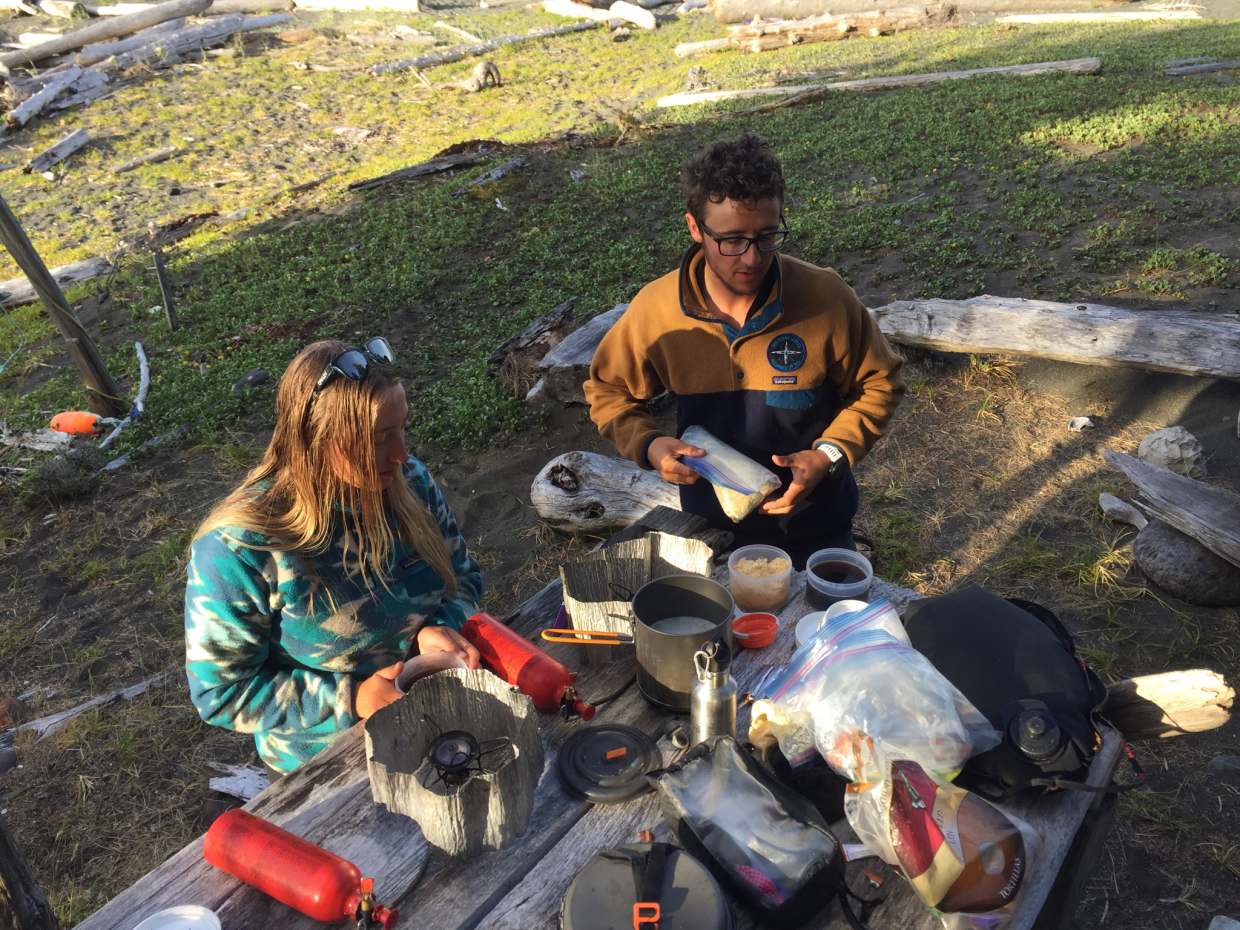
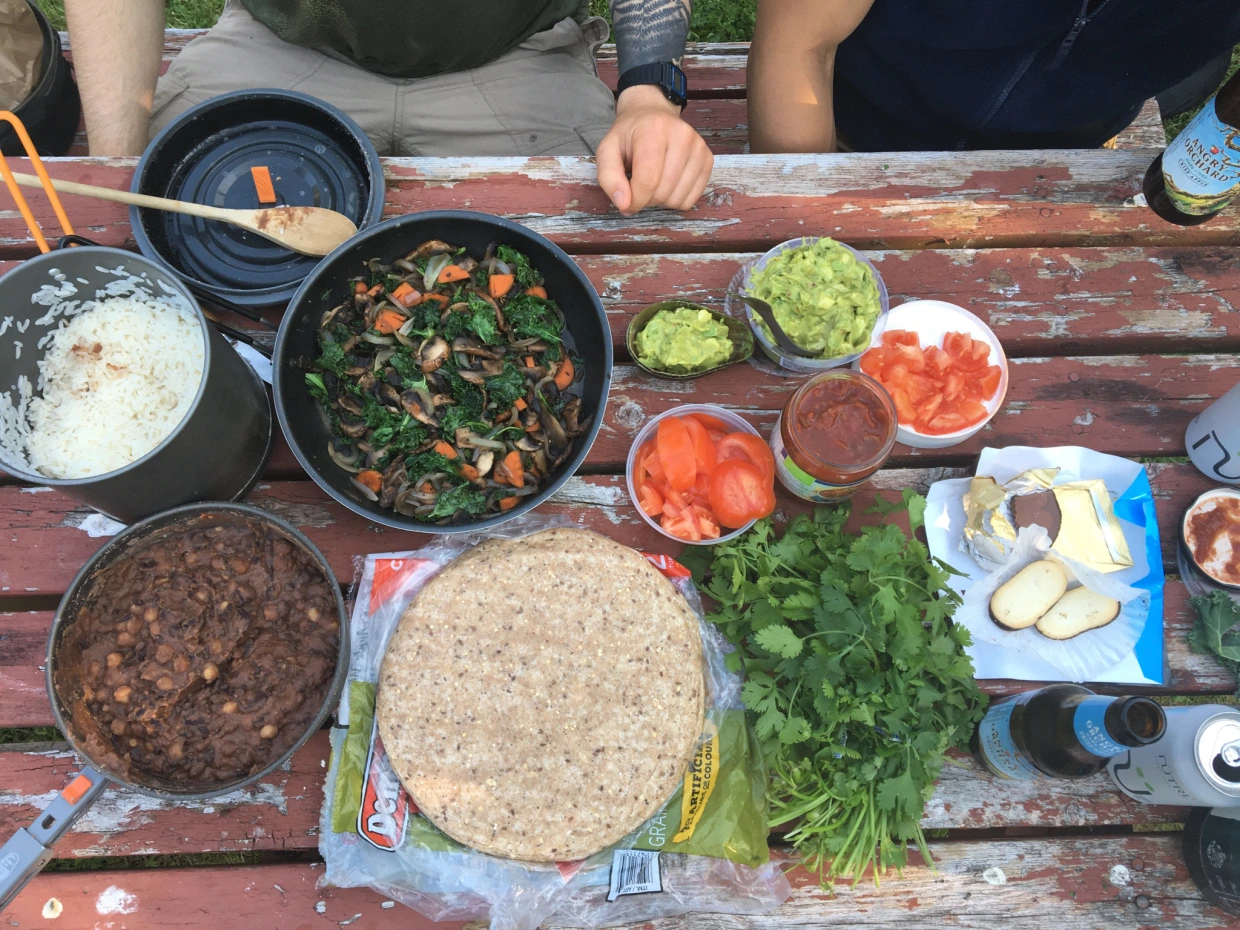
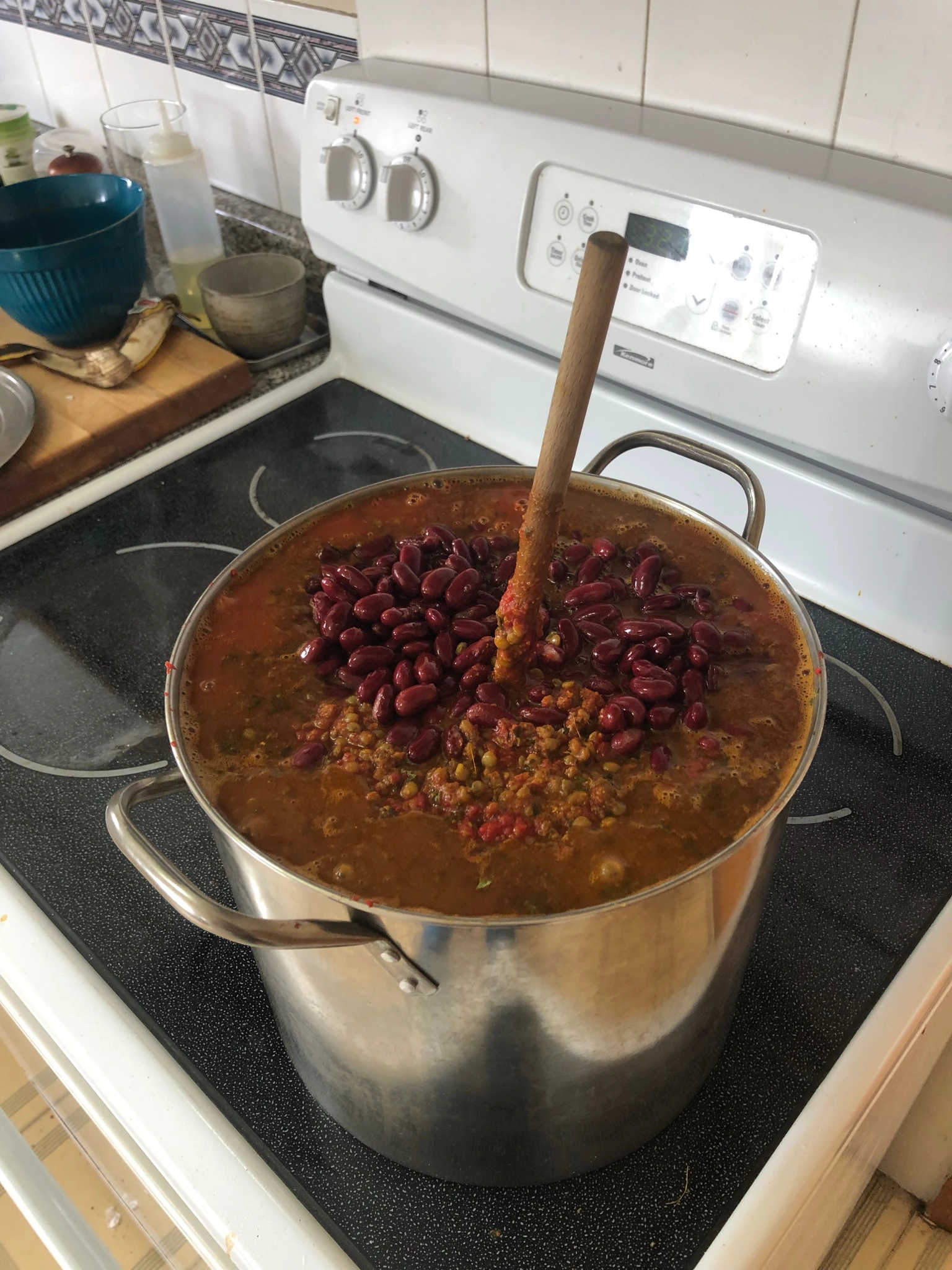





Comments